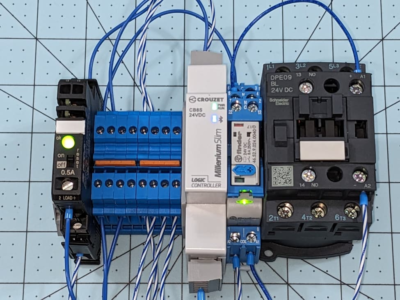The Architectural Landscape of Daejeon: A Comprehensive Guide to the City’s Buildings

1. Introduction to Daejeon’s Urban Development
Daejeon, South Korea’s fifth-largest city, is a fascinating blend of modern skyscrapers, historical structures, and cutting-edge research facilities.
Known as the “Hub City of Korea” due to its central location, Daejeon has evolved from a small transportation junction into a thriving metropolis with a diverse architectural identity.
Population: ~1.5 million
Key Industries: Technology, education, healthcare, and logistics
Architectural Highlights:
KAIST (Korea Advanced Institute of Science & Technology) – A hub of innovation
Daejeon Government Complex – A symbol of administrative power
Expo Science Park – A remnant of the 1993 World Expo
This guide explores every aspect of Daejeon’s OP, from towering corporate centers to hidden underground shopping arcades.
2. Historical Evolution of Daejeon’s Architecture
Early 20th Century: Japanese Colonial Influence
Daejeon Old Station (1914) – A preserved railway building from the Japanese occupation.
Jungang Market (1930s) – One of Korea’s oldest traditional markets.
Post-Korean War (1950s–1980s): Rapid Industrialization
Low-rise concrete apartments for factory workers.
Brutalist-style government buildings (e.g., Daejeon City Hall).
1990s–Present: Modernization & High-Tech Boom
1993 Daejeon Expo – Introduced futuristic geodesic domes.
Smart tels – Mixed-use high-rises combining homes and businesses.
3. Daejeon’s Major office Districts
A. Dunsan-dong – The Central Business District (CBD)
Key Features:
Glass-and-steel skyscrapers (e.g., KDB Bank Tower).
Underground shopping malls (Timeworld, Galleria).
Major Companies: Hanwha, KOTRA, LG.
B. Yuseong-gu– Science & Hot Springs District
Key Features:
KAIST Campus – A mix of brutalist and eco-friendly labs.
Luxury condos near hot springs (e.g., Yuseong Hotel).
C. Jung-gu– The Old Downtown
Key Features:
Jungang Market – A maze of narrow alleys and retro shops.
PC Bangs & Karaoke Bars – Packed into compact 대구오피.
D. Dong-gu – The Industrial Zone
Key Features:
Factory complexes (e.g., Hyundai Heavy Industries).
Affordable housing for blue-collar workers.
4. Iconic Skyscrapers and Landmarks
A. Daejeon Government Complex
Height: 22 floors
Architectural Style: Post-modern with glass facades
Function: Houses key administrative offices
B. Dunsan Sky Road
Height: 150m+
Features:
LED-lit skyscrapers
Corporate HQs of major firms
C. Expo Bridge & Hanbit Tower
Built for 1993 World Expo
Now a science museum and observatory
5. Commercial and Business Hubs
A. Daejeon Trade Center
Hosts international conventions
Connected to Dunsan subway station
B. Dunsan Financial Street
Bank HQs (KDB, KB Kookmin)
High-end officetels with rooftop bars
6. Residential Building and Office
A. Officetels – The Heart of Urban Living
Hybrid spaces (live + work)
Hotspots: Eunhaeng-dong (for nightlife), Daejeon Station (for students)
B. Luxury Apartments in Yuseong-gu
Amenities: Hot springs, golf ranges
7. Government and Institutional Structures
A. Daejeon City Hall
Brutalist 1980s design
Plans for a futuristic new building
B. National Science Museum
Futuristic dome structures
Interactive tech exhibits
8. Cultural and Entertainment Complexes
A. Daejeon Arts Center
Hosts K-pop concerts & theater shows
B. Sungsimdang Bakery
A 1950s red-brick landmark
9. Sustainable and Futuristic Architecture
A. KAIST Eco-Campus
Solar-paneled
AI-controlled energy systems
B. Dunsan Green Towers
LEED-certified smart
10. Challenges and Future of Daejeon’s Skyline
A. Urban Planning Issues
Overcrowding in Dunsan-dong
Neglected historical
B. Upcoming Mega-Projects
Daejeon Techno Valley (2030 plan)
Yuseong Wellness Complex
11. Conclusion
Daejeon’s office tell the story of a city balancing tradition and innovation. From Japanese-era train stations to AI-powered skyscrapers, its architecture reflects Korea’s rapid modernization.
Alexia is the author at Research Snipers covering all technology news including Google, Apple, Android, Xiaomi, Huawei, Samsung News, and More.












